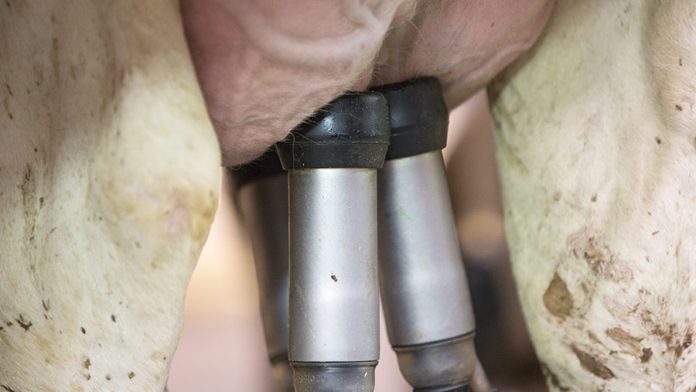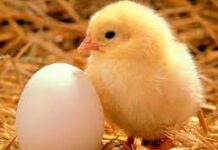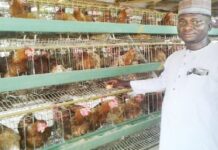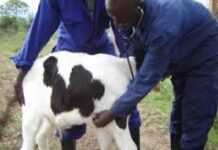The milking machine is one of the few pieces of technology that comes in to direct contact with dairy cows on a regular basis.
The liners inside the shells of the milking cluster are the interface between cow and machine.
But how do you decide which of the hundreds of liners on the market are best for your requirements?
HERE ARE THE FIVE KEY AREAS TO CONSIDER WHEN CHOOSING YOUR LINES
1. Liners milk differently at different milking machine settings
The properties of different liners may make them more likely to milk cows in a specific manner.
For instance, soft silicone liners are likely to give a gentle milking, whilst thick-walled, rubber liners are more likely to give a fast milking.
However, it must be remembered that the liner is only half the story.
By altering the operating vacuums, the silicone liner can give a rapid and less gentle milking, whereas the rubber liner can be made to milk cows gently but less quickly.
Key points:
- When moving to a new model of liner, make sure your machine settings are appropriate for the new product.
- Trialling different liners on the same milking machine will only provide a fair comparison if they are designed to be used under the same settings.
- Measuring the forces at which the liner opens and closes during milking can be done during a dynamic milking time test and shows you how your liners are performing at the current machine settings.
2. Liner properties change when put in different sized shells
The “tension” of a liner is a key factor in how it milks the cow.
Higher tension liners give a quicker milking, but apply a greater pressure to the teat end, increasing the risk of hyperkeratosis (rough teat ends) and mastitis.
Using different sized shells will change the amount that the liner is stretched, just like pulling back an elastic band or catapult.
The greater the length of shell, the more we stretch the liner, increasing tension and changing the way the cow is milked.
Key points:
- Some liners require a specific size and shape of shell to work properly.
- Some liners can be used in a range of shells but will still require a specific shell size to milk the cows quickly and safely.
3. Choosing a liner size to fit your herd’s teats is a key priority
The mouthpiece depth and barrel diameter should be such that the teat fits snugly.
This ensures that the mouthpiece is separated from the lower part of the liner by the teat, effectively forming two different compartments.
If there is too much communication between the area below the teat and the mouthpiece, then vacuum at the top of the teat will become too high.
This leads to slower milk flow from the teat, disruption of flow of blood and fluid around the teat and discomfort for the cow.
These factors all contribute to an increased risk of mastitis.
Key points:
- Establish the approximate range of teat sizes on your cows and heifers. Tools are available from most liner manufacturers to help accurately measure teats.
- Choose liners with dimensions that are likely to provide a snug fit for most of the herd.
- Consider having a milking time (“dynamic”) test to assess your liner fit.
4. Establish your milking priorities to decide what liner properties you need
Are you looking to increase milking speed? Is your herd made up of high flow-rate cows? Do you focus on good stimulation of milk let-down? Then a fast milking liner may be the choice for you.
Alternatively, perhaps you are struggling with rough teat ends? Or maybe you have a large number of people milking, making consistent teat stimulation difficult? In these cases, a more “gentle” liner would be a sensible choice.
Key points:
- For faster milking consider round-bodied, high tension, rubber liners that are a good fit to the herd’s teats. However, remember that these liners can damage teats unless there is consistent stimulation of good milk flow rates.
- For a gentler milking consider triangular, lower tension, silicon liners. Again, a good fit is important.
5. Vented liners can help reduce problems with liner fit
Poor-fitting liners lead to the vacuum at the top of the teat becoming too high for safe and efficient milking.
This is also commonly seen with triangular or square liners.
For this reason, most triangular liners (and some other liners) are fitted with holes to vent the mouthpiece.

Venting the mouthpiece also stops the vacuum being higher at the top of the teat than at the teat end during detachment, reducing the chance of bacteria being forced up in to the teat.
Some liners are vented in the short milk tube, which does not affect mouthpiece vacuum.
Key points:
- High mouthpiece vacuums are undesirable and can be countered by allowing a controlled flow of air through a vent in to the mouthpiece.
- If using triangular liners, it is advisable to use a model with a vented mouthpiece.
- Vents in positions other than the mouthpiece do not give the same benefits.





